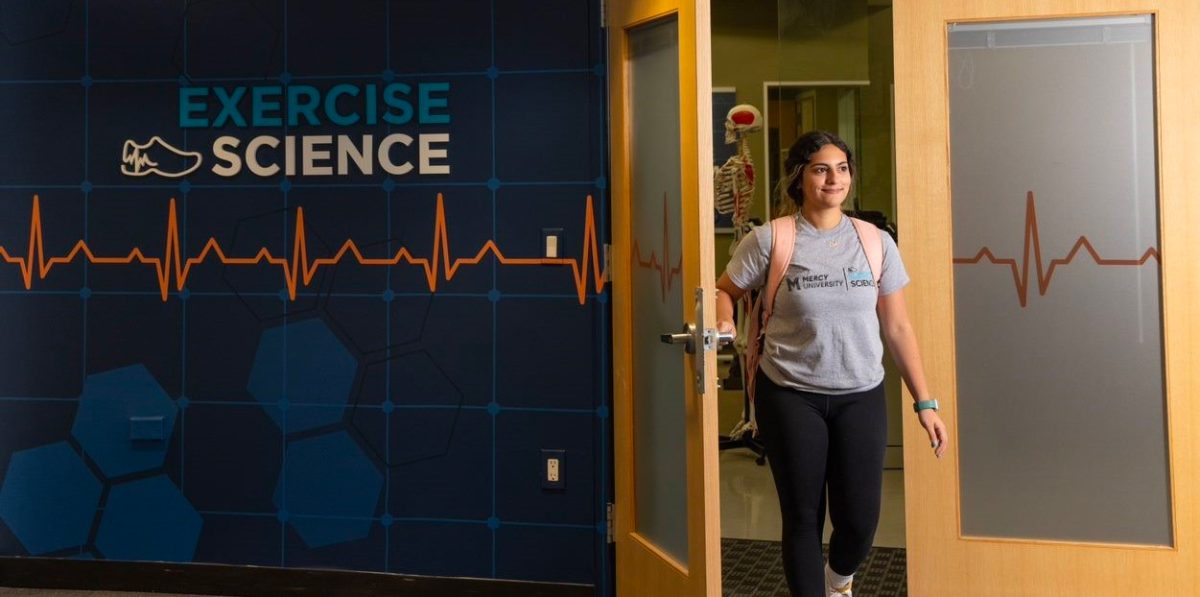In the early Wild West days, the horse was a primary source of transportation moving settlers across the country in the most economic way available to early American settlers.
Fast forward many years later, the Ford Motor Company produced a small car coincidently called the Maverick, throughout much of the 70s primarily aimed at the budget minded.
Today, moving from one point to another can be accomplished in a myriad of ways.
Many students attending Mercy College that have secured various ways of paying for their tuition find that they are faced with another financial decision; how to get back and forth to class economically and conveniently.
According to a story reported by the October 2011 edition of U.S. News Education, of the 251 national universities (87 private and 164 public) an average of 38.5 percent of undergraduates lived on campus.
But with today’s high prices associated with using different transportation modes, how do some Mercy Maverick College students make it back and forth to school?
The three primary ways that commuter students at Mercy use for their academic trek are automobile, train and public bus service. For each student that relies on one of the aforementioned modes of transportation, there are similarities for their choice and a few differences.
Michelle Puello, a 19 year-old International Relations and Diplomacy sophomore student at Mercy College, was born and raised in the Bronx and originally started her college years at Buffalo State University, where she lived on campus. Her mother is an alumnus of Mercy College and after attending college for her freshman year at Buffalo State she decided to transfer to Mercy.
“My mom graduated from here and said that Mercy was a great school. Because of her experience and recommendation along with the chance to be closer to home, I decided to transfer to Mercy.”
Puello does not have a driver’s license and even if she did, her decision to commute on the train like she does now would be the same.
“Since my home is so close to school, for me, it makes sense to just take the train in because it is only a short ride and relatively convenient.”
When it comes to a matter of convenience, things are a little different for Tim Schilling, an 18 year-old Criminal Justice freshman at Mercy. Schilling has a commute that is not as straightforward as the one Puello has. Residing in Mt. Vernon, New York, he uses the public bus system as his chariot of choice to get to campus. Though he does not mind getting up at 6 a.m. so that he has enough time to make the hour long commute the days he has classes, he has a full load of five, usually starting at 8:30 a.m. he offers this insight about his situation.
“I don’t have a driver’s license but if I did, regardless of the costs of driving, I would drive to school whenever possible.”
Despite the bus being his primary option of getting to school, Schilling makes his commuting experience with a very positive stride exhibiting an attitude of its just what he has to do, nothing more, nothing less. But when asked what the worst part of his situation is, he thinks a moment and then offers a reply that is even laced with a positive take.
“I have enjoyed my college experience so far. I’m not crazy about being subject to the bus schedule and the worst part is waiting for a bus after my classes are done, but I do what I have to do.”
Then there are students such as Isinel Reyes, a 19 year-old health science major sophomore. Reyes is from Sleepy Hollow and makes a 15-minute commute by automobile. Reyes drives an economical subcompact, so paired with her relatively short commute to school, finds it much more convenient to simply slip behind the wheel of her car and drive to school.
“I could take the train into school but most of the time it just much simpler to get into my car and drive, although there are times that I do take the train mainly because of weather.”
However, Reyes does admit that owning and insuring a car can be an expense that some college students might not have the means to support, but in her case she feels fortunate that it is an expense she has the resources to handle.
So how do these three transportation modes compare cost wise? A monthly MTA pass on the rail between Ardsley, (the stop for Mercy) and the Bronx (University Heights), would cost $69.25 per month. Beeline Bus system fare is $2.25 per direction, so for a student such as Schilling that attends classes four days per week, the cost of traveling would total out to $72.00 per month.
When it comes to using a car for travel, there are many more factors to consider. First, a demographic must be established as an example; a 20 year-old male driving a no frills economically minded car (2002 Pontiac Grand Am, four door, four cylinder). Assuming he is lucky enough to be included on his parent’s insurance policy and has a perfect driving record, his cost for insurance per month in Westchester County would be $74.29, and this would be just for liability and not full coverage. This information provided by USAA auto insurance.
Factor in gas prices in excess of $4 per gallon and the general cost of maintenance for the vehicle, one thing becomes painfully obvious; a typical student would pay much more per month for the added convenience of using an automobile for commuting to school.
Another very important factor when it comes to commuter students is the retention rates opposed to those that dwell on campus. A study featured in an article by StateUniversity.com reported that since commuter students spend less time on campus, they tend to not have as many opportunities to engage socially with other students and don’t have as much ready contact with college faculty, thus increasing the likely hood of dropping out or not having loyalty to their university.
Mercy College has approximately 298 students living in the dorms on campus and another 325 residing in contracted hotels in the surrounding area as of this academic semester according to Patricia Christiano, Deputy Director of Pact. In an article written in Westfair online titled “Hire Calling” in the November 2011 edition, Mercy College president Kimberly Cline is quoted as saying that Mercy has 11,000 students in the overall student body.
Based on these percentages, roughly 75 percent of the schools population fits into the commuter category; a total of 13.5 percent more than the average of 61.5 percent reported in the U.S. News Online article mentioned earlier.








